|
Tracey
| A great full-bodied alternative to
sparkling whites. |
|
Lynn
| Cannot drink still or sparkling red wines … bad reaction |
|
Rhonda
| I like sparkling reds more with
heavier foods, so more in the
colder months, however I did have a
couple of nice cold refreshing red
bubbles over summer. It’s nice
to be able to have a choice and
some variety. |
|
Kaye Harris
| Love the earthiness of Grampians
Estate sparkling red from their
Great Western block victoria |
|
Mandy P.
| Some of the sparkling reds can be a bit
heavy. |
|
Barbara Kahi
| I think it is an acquired taste. Not great availability where I live. Need to find a
friend to share a bottle.
My wine drinking friend lives in
NZ and I live on the Gold Coast.
Maybe share with my brother in
law who likes to chill his red wines. |
|
Cassie Maywald
| I don’t like red wine and relate
similar taste to this I think. I also
don’t want to risk buying a
sparkling red only to be
disappointed and
wished I stuck to my champagne. |
|
| I like sparkling reds as they feel more
celebratory than a still wine. Rose
is my favourite at present |
|
Karen Nicol
| I adore red wine, but what could be
better than red wine with bubbles! |
|
Sandy
| Love the fresh bubbly berry tastes |
|
Robyn Naughton
| They have just a different texture and
flavour |
|
Donna Maloney
| Love the taste, goes well with food from chilli chocolate to duck to
dumplings. It looks festive and
bubbles are always wonderful. |
|
Louise
| Love Sparkling Merlot & Shiraz. I
believe they are like a truth serum! |
|
| Either summer or winter I
absolutely love a chilled sparkling
red. So full of flavour |
|
Carol
| I like them as a yummy alternative
to
sparkling white. There are some
lovely Victorian ones from up
Rutherglen way. They also go well with cheese at the end of a meal. |
|
Michelle 🙂
| They do not have the same
crispness and are not as refreshing |
|
| I enjoy sparkling white wine
personally and sparkling red is
something I can only drink in small
amounts, not as enjoyable. |
|
Susanne Meier
| I love the marriage of red and
bubbles. The bubbles totally
change the nature of reds. Versatile food pairings in cooler temps. |
|
| The bubbles, and the sensation of
drinking sparkling red |
|
Jan Martin
| I like red wine and love bubbles! A great combo and a Christmas
tradition! |
|
Marg
| Drinks well while eating cheese
and sometimes l prefer a sparkling red
instead of a heavy red. |
|
| You still have bubbles but with a
heavier meal.
I leave in North East Vic and we
have a few great reds that are
great sparkling wines |
|
Megan
| I don’t drink red wine, so If I try a
sparkling red, I just find it too
heavy. |
|
Nicole Olbourne
| The flavour profile is just all
wrong when it’s a sparkling.
Maybe it’s the tannins but it’s just
yuck!! |
|
Kate
| The delight the bubbles add to the red
experience. |
|
Sue Hobbs
| Too fruity. It’s like fizzy cordial |
|
Heather
| They are very different I wouldn’t drink a still red if you paid me |
|
Lyn D
| Not really a lover of reds sparkly or still |
|
Beverley Monley
| I don’t like as I just think a full
bodied Red with bubbles just isn’t
right & I just don’t like the taste. |
|
Mel
| I don’t like cheap sparkling reds as they are sweet and horrible, but
good quality wines have richness,
good dark fruits and savoury notes and
complementary sweetness. I
love them mainly in the warmer
weather, especially at Christmas,
but happy to have in cooler
weather as an aperitif too. |
|
Shauna
| I love a true Lambrusco that has a slight sparkle to it.
Particularly in winter. |
|
Zoe
| I mainly drink Shiraz so a sparkling red is a bit of fun. |
|
Mel Butler
| They tend to be too heavy and
sweet. I like my sparkling wine dry and
light, crisp and favoured in
warmer weather. |
|
Lee
| Any sparkly wine that’s not too
sweet is great. |
|
| The benefits of drinking a lovely
full bodied red with the all
important bubbles. |
|
Michelle
| I don’t mind the occasional one but
some are too sweet and I prefer
still red. |
|
Meryl
| Not fond of red. Will drink it if I
have to, but not
my preferred tipple. |
|
Sofie
| I just don’t drink red wines and
the bubbles do nothing to
change my mind or enhance
the flavour. |
|
Dr Annetta Mallon
| Often they are too bold, heavy, or
just ‘too much’. I generally prefer
sparkling white and rose. |
|
Carol Embleton
| It doesn’t have the same fresh taste as
my usual bubbles. I only like still
full bodies red wines. There is just something that doesn’t blend with my taste
buds about sparkling red. |
|
Karen
| I have just never been a lover of
red wine |
|
Sherryn
| Absolutely love the depth of
flavour in a decent sparkling red |
|
Jane Symes
| Love red wine sparkling or not,
turning to the dark side after years of
white wine, red just better. |
|
Leanne Bruce
| There are some great sparkling
reds and it is a drink I enjoy in
winter as I love my bubbles 🙂 |
|
| I find them too heavy to drink |
|
| I can’t really comment as I have
only had limited tries. |
|
Tanina
| I love red wine, however I’ve
never found one Sparkling
red I’ve ever liked, it’s
something about the taste, it
just doesn’t taste like a red, they
also can be tricky to open
and fly out the bottle
when opening, be careful
you don’t get covered
in it! |
|
Georgia
| A really good sparkling red is an
experience you rarely have when
drinking anything ‘bubbly’. It has a zest and vibrancy that is exciting
and really let’s you appreciate the
red variety it has come from. |
|
Loretta Wellman
| I get drunk very quickly with
sparkling red yet I can drink a
bottle or two of champagne and
I’m just HAPPY!!!!! |
|
Chanel
| I am not a fan of sparkling reds, I
think the whole attraction to a red
is the temperature and thick
feeling and the sparkling seems
to take that away. Having said this, I am open to the idea of a
sparkling red and will keep
taste testing them at wineries as
you never know I
might change my mind. |
|
Anne Mac
| Prefer still reds |
|
Ann
| I love the rich red colour and
jammy berry taste. Even chilled it’s a
winter warmer for me |
|
Wendy McCullough
| They are good when you only want to
have just one glass of bubbles.
For instance, tonight my partner
wants to celebrate a small win. I
don’t want to drink a full bottle (which I will do if I open white or
rose sparkling) so a sparkling red
will ensure I just have one, ok, two. I
don’t drink the flat reds or whites. |
|
| Feels too heavy. |
|
Debs
| They seem to affect me a lot
quicker – heavier to drink! |
|
Pauline Lang
| I don’t have them often but as long as it
is not sweet ok. |
|
Katherine
| Bit too big for my liking. It’s a bit
like drinking a bubbly shiraz. |
|
Denis Zaruba
| I’m French and for me the only
reason why Australians created
sparkling reds is to have it on very hot
days (30 + degrees) and it’s not at
all as fine as champagne is. It’s
overpowering!! |
|
Nicole
| I think they are too heavy |
|
| Not quite as bubbly as champagne but
brings out special flavour of the
red….still prefer still red though. |
|
Carmela Dimattia
| Cannot be sweet so I like my reds
a little drier |
|
| Too strong |
|
Carolena Boyd
| I really like the boldness of a good red – combined with the bubbles. |
|
| Prefer sparkling white or rose,
rarely drink any red wine at all. |
|
Anna Buddee
| Just love the rich heady aroma of
the bubbly sparkling reds! |
|
Pam
| I enjoy drinking sparkling red on a hot
day, usually with a cheese
board, for something different. |
|
Sharon
| Some are amazing and others too heavy. I’ll try any wine once but
sparkling reds make me a bit picky |
|
Wendy
| A little more full bodied than
normal sparkles. |
|
Michael Potter
| I’ve never found one yet that I can drink. The flavour isn’t my cup of
tea… or glass of wine. |
|
Isa
| I just prefer a flat red or a white
sparkling. I don’t like the taste of a
sparkling red |
|
Megan Deves
| I love a little more full flavour
sometimes when I’m craving a
sparkling |
|
Vicki W
| Not a red wine drinker whether
still or bubbly…I dont mind rose
but anything heavier is not my
style. |
|
Cheryl
| Some time you need a red and I
don’t do plain reds but with a steak or a bbq a sparkling red goes down well. |
|
| I don’t love red wine as much as I
love white wine. And sparkling red is
just so foreign and unappealing
to me |
|
| I don’t mind a light red sparkling but if
it’s too heavy I don’t like it at all. |
|
Anitra
| I used to enjoy them 15-20 years
ago but don’t any more. I think my
palate is more discerning these
days. |
|
| I enjoy sparkling wines and also
red wine so being red & sparkling
is a nice change |
|
Lynda Doncaster
| Better than champagne or a glass
of red as combines both!! |
|
Karla
| They’re great. So much depth of
flavour for when you have a hot
meal and/or cold weather. |
|
Ainsley
| The rich colour, all the big
red-wine flavours combined with
the mousse mouthfeel of bubbles –
it’s a winner for me. I prefer a
sparkling red to a still as the
bubbles seem to lighten the wine a bit? |
|
Karen Brus
| Love it in winter, a different take on a
still red. My hubby loves
sharing a bottle with me. |
|
Lucy
| They taste wrong. You lose the
depth of a good, still red wine and
the sparklings don’t have the
vivacity of a good sparkling white. |
|
Cheryl Bisi
| Reds just aren’t meant to be
sparkling! Reds are a ‘heavier’
type of wine that does not suit the
light nature of a sparkling wine
in my view. |
|
Suzanne Adair
| Red is red and bubbles are white
and pink |
|
Chris
| Bubbles |
|
Jane Ross
| As long as they’re not too sweet.
Sparkling red is the bomb! Love it |
|
Wendy Hills
| We only drink them in winter as
a refreshing drink, not a serious
wine if that makes sense. |
|
Lisa Cicchine
| I love the intensity of Sparkling
reds |
|
Mark
| It just tastes wrong – a fad that
needs to die! |
|
Chris
| Well it is sparkling, so I have to
love it. Not a big red wine
drinker, prefer bubbles, so this
is a fabulous way to get all those
red wine “health benefits ” ! |
|
Fiona McL
| I have a local favourite that I just
find easy & comforting to drink |
|
| Sparkling reds are too heavy
for me |
|
Pene Kats
| I quite like Lambrusco.
It’s an Italian wine that is slightly
sparkling and has a pleasing, deep,
fruity flavour.
Make sure you invest in a decent
label though, this wine is not good when it’s cheap. Brown Brothers
do a nice one for between $10.00
to $20.00 (I cant remember
exactly!).
Make sure you drink this cold! |
|
Simon
| Deep rich sparkling wine with a
flavour which complements many
foods |
|
Dot
| Taste is bitter |
|
| Love red wine and it is a tasty
red with bubbles !!!! |
|
Caz Karski
| I have never been a fan of red
wine, so it just seems logical that
even putting bubbles into it,
I wouldn’t like it. |
|
Lis
| It’s diversity and pairs well with
food. Great on a hot day. |
|
Jules
| Grew up having ‘cold duck’ with
Sunday lunch! Love sparkling red
to this day |
|
| I like the heaviness of the red wine in
winter but still with a sparkle! |
|
| Dislike the nose |
|
Alison
| The depth of flavour combined
with the joy of bubbles. |
|
Maree
| I think a red should be smooth rich ripe full bodied but not bubbly. |
|
Maz Glover
| If it’s a sweeter red I am sure I will drink it |
|
Melinda
| The taste is just not correct to me |
|
Doreen Swann
| I just don’t like reds of any kind
but my husband loves reds |
|
Kerrie Hodgson
| I really love bubbles full stop, so if
I start on champagne or bubbles,
I can easily follow up with a
sparkling red rather than a still
white or red. After the first couple of
sips its just as delicious as
bubbles. |
|
Sharon
| I like my bubbly to have a light
flavour and red tends to be very
full bodied |
|
Maria Moreira
| I love the tingling, bubbling, fresh,
effervescent sensation on your
taste buds and the chilling vibe
you get from swishing sparkling
reds in your mouth. They tend
to go with many varieties of food! |
|
Kristan Lum
| I think the bubbles help with
sparkling reds, adds a different
texture in flavour and exciting |
|
| Hate the smell of red wine |
|
Kym Durbano
| Don’t like the taste |
|
Kerry
| Sometimes I just like the feeling of
something sparkling. It is
refreshing. You don’t want a big,
bold red just something light. |
|
Nedda
| I just like bubbles can drink
anything including reds |
|
Lynn
| I do not like red wine sparkling or still
and they do not like me! |
|
Anne
| It just does not seem the way to do a
sparkling |
|
Jackie K
| Most taste lighter, a great
alternative to a heavier red. |
|
Kate
| It just doesn’t feel like the right
combination. I don’t enjoy the red
flavours when it is fizzy and cold. I miss the crisp freshness of a white. The
furthest I will go is a sparkling Rose for
the added fruitiness.
Leave reds alone. |
|
Brenton Jolly
| Just something different and
unusual and something delicious
any time of the year. |
|
Robbie Poulton
| As a Champagne traditionalist I
don’t enjoy sparkling reds…too
heavy! However I do enjoy a
cheeky sparkling Rose. It’s all
about the texture for me. |
|
Louise Lupton
| I find all red wine too heavy even with
bubbles |
|
Heidi
| I think they are ok, although maybe a bit weird. |
|
| They taste good and are an
alternative to white bubbles |
|
Ally
| They can be hit and miss,
sometimes too sweet. You want
some sweetness, but lovely plum
flavours, great with cheese or
dessert |
|
Elaine
| I haven’t found one I like the taste of |
|
Sharyn Campbell
| Can’t really pin point why but I do love
red wine and drinking it with
bubbles (and cold) is just not for me.
I probably like sparkling
white as I don’t drink white wine
much and sparkling white is just
so good for any occasion. |
|
Jodi
| I love red wine, I love bubbles, so
a sparkling red is a favourite of
mine, refreshing and
flavoursome 🙂 |
|
Sue. S
| Sparkling reds make a nice fruity change from white bubbles |
|
Ann Blannin-Ferguson
| At non-summery days a sparkling shiraz with some yummy cheeses is perfect |
|
Lennie Lister
| Unique, food friendly, suits
climate/BBQs/outdoor dining |
|
Dan B
| Took a fine young lady on the
vintage Daimler Benz tour of the
Barossa in 2003 and a work
colleague suggested going to
Charles Melton and he hand makes a
sparkling red every few years
method traditional. Tasted one
then, it was great bought some,
he said you can put it away for
20yrs and drink on a special
occasion, cracked one at my
father’s 70th 2 yrs ago. Still great.
Audrey Wilkinson makes one also
in Hunter. |
|
Rachel
| You can drink reds in the middle of summer! And drink bubbles in the middle of winter.
I don’t like the overly sweet ones. |
|
| I don’t like red wine |
|
| A tad too big for my liking..
perhaps dangerous is the word! |
|
Nadine Lambert
| I’m a South Australian. We love
our reds, the bigger, the bolder,
the better. But it’s also bloody hot
in summer. Arguably too hot to
drink our big reds (even chilled),
so a big bold dry sparkling red is
the perfect compromise. (just don’t give us any of that sweet red sh#t). Love
from your South Australian
readers |
|
Jodie
| I’ll be honest, I’m undecided about
the taste. |
|
Lisa Scheepers
| At first I was dubious about
sparkling reds as I love my red at
room temperature. After trying a
sparkling shiraz one day I’ve been
hooked ever since. I love the
full body of shiraz mixed with
the light bubbles. |
|
Tiffany Hansen
| Dislike – taste is awful on all reds |
|
Julie
| Not a big fan, I just prefer
Sparkling whites or Rose. Not as
heavy in flavour. |
|
Cecilia
| I love sparkling Shiraz. You get the full
body flavour but a sparkling
version of a still red. |
|
| Chilled sparkling red is much
lighter and refreshing |
|
Anthony
| A good chilled red on a hot day can be
lovely. Especially Stanton & Killeen’s
sparkling red in Rutherglen. |
|
Sarah Mack
| Perfect blend of winter and
summer. Sparkling reds in
summer chilled and add a
lightless in winter. |
|
| I only like them if they are a light red. |
|
Helen
| Don’t seem to have the same taste/effect as white sparkling and gives me a
headache. |
|
Oli
| So warming in winter |
| Mark Phelps | Fantastic drink, I love a good red
and to add bubbles is a unique way to
enjoy them. Great with a cooked
brekky as well as by the fireside. |
|
| I’m not a red drinker, so I think
that preference transfers in to the
sparkling reds. |
|
| Sometimes they can be very
refreshing. |
|
Kelly (Gadgetgirl)
| It is somehow just wrong. I like full
bodied reds, especially in winter.
Bubbles to me, are cold and refreshing
and best drunk all year round. |
|
Elaine Mitchell
| It’s something different and a light hearted way to enjoy reds in Summer as I am not a fan of “chilling”
reds. It’s also a good way to get non red drinkers eased into reds. |
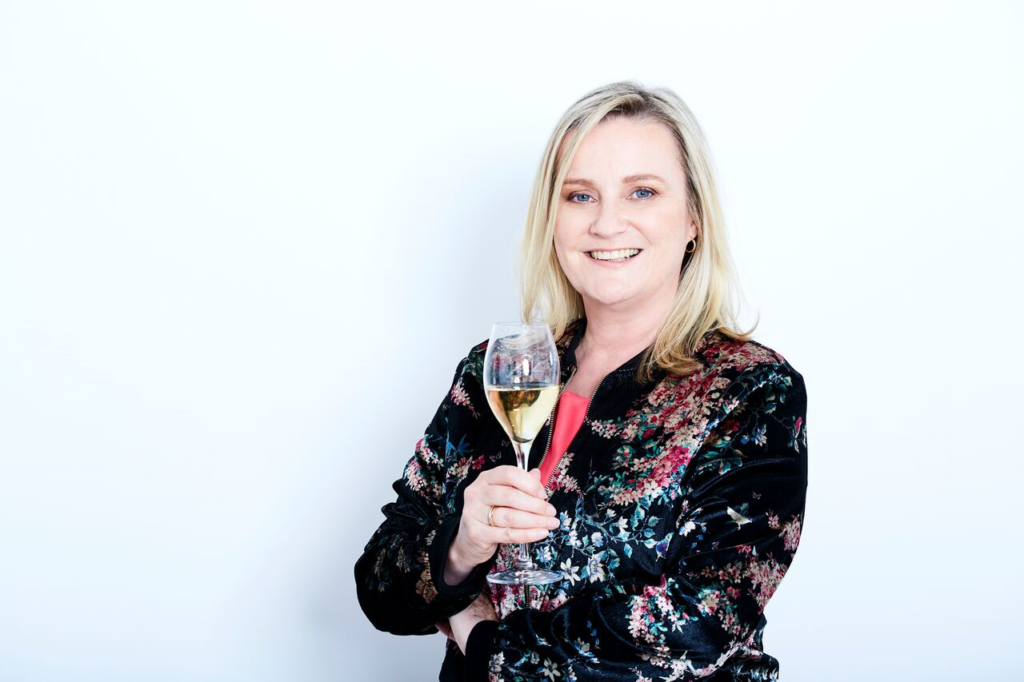
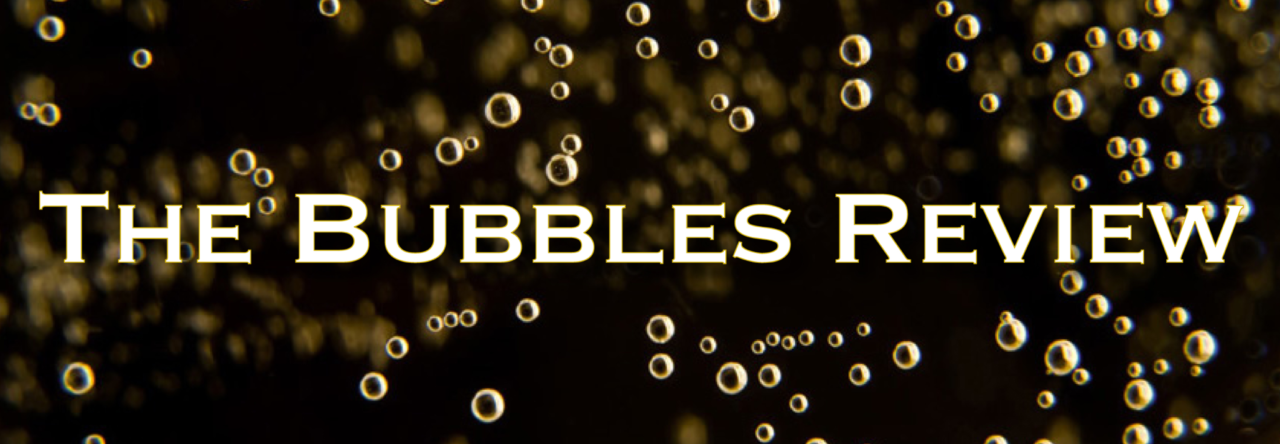
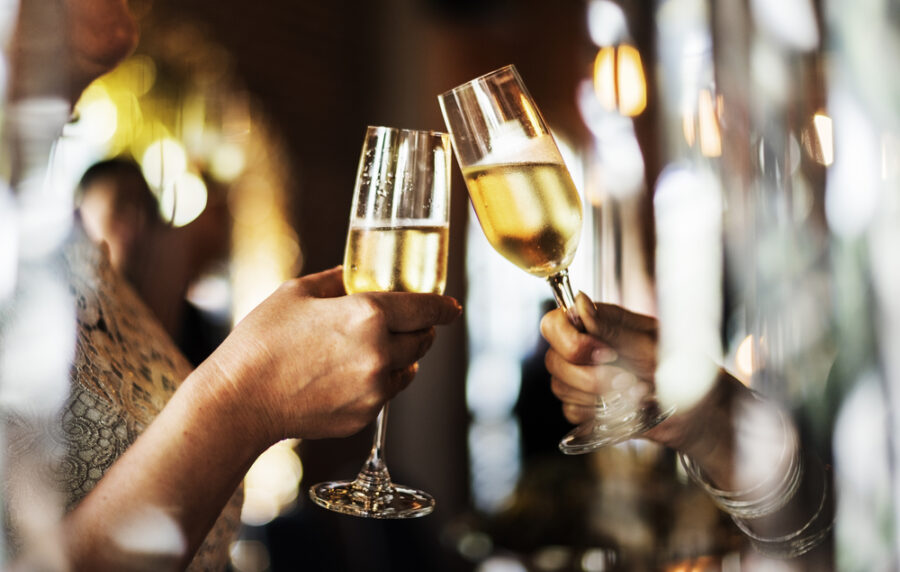
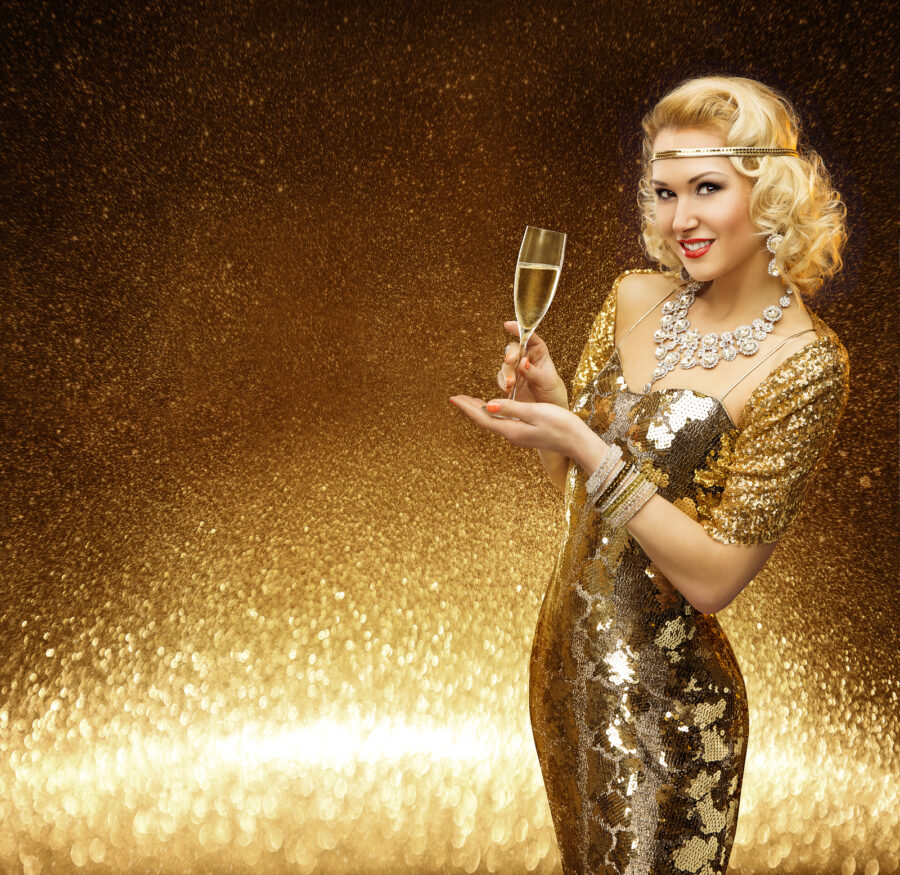
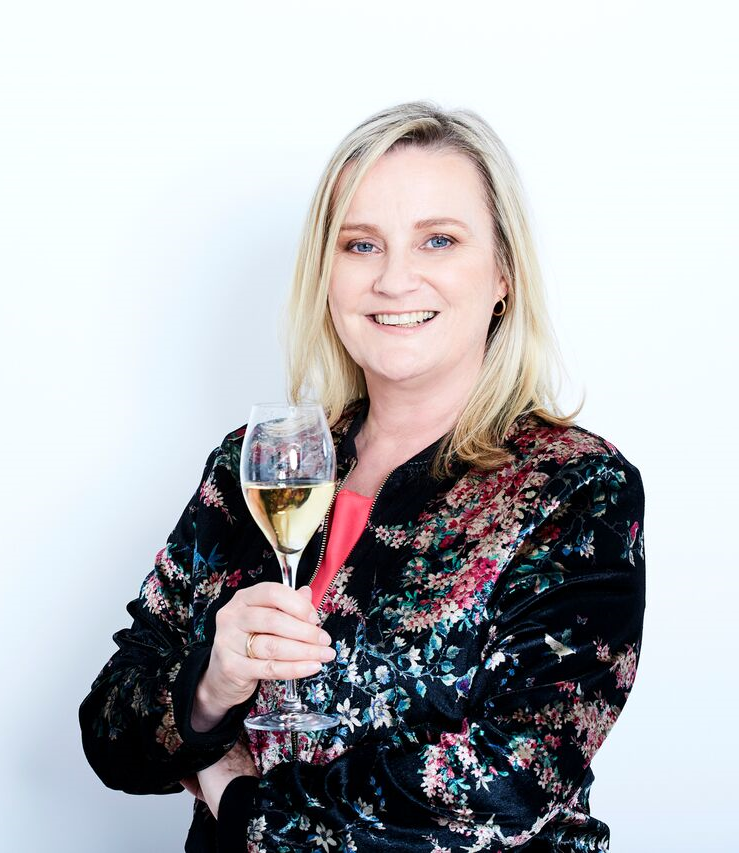 Natalie Pickett is the Founder of The Bubbles Review which is for people who like champagne and other bubbles, written by people who have a love of all things sparkling! At The Bubbles Review, we like to debunk some myths, make the art of drinking champagne accessible, explore bubbly regions and champagne bars, and provide events for you to join us and indulge.
Natalie Pickett is the Founder of The Bubbles Review which is for people who like champagne and other bubbles, written by people who have a love of all things sparkling! At The Bubbles Review, we like to debunk some myths, make the art of drinking champagne accessible, explore bubbly regions and champagne bars, and provide events for you to join us and indulge.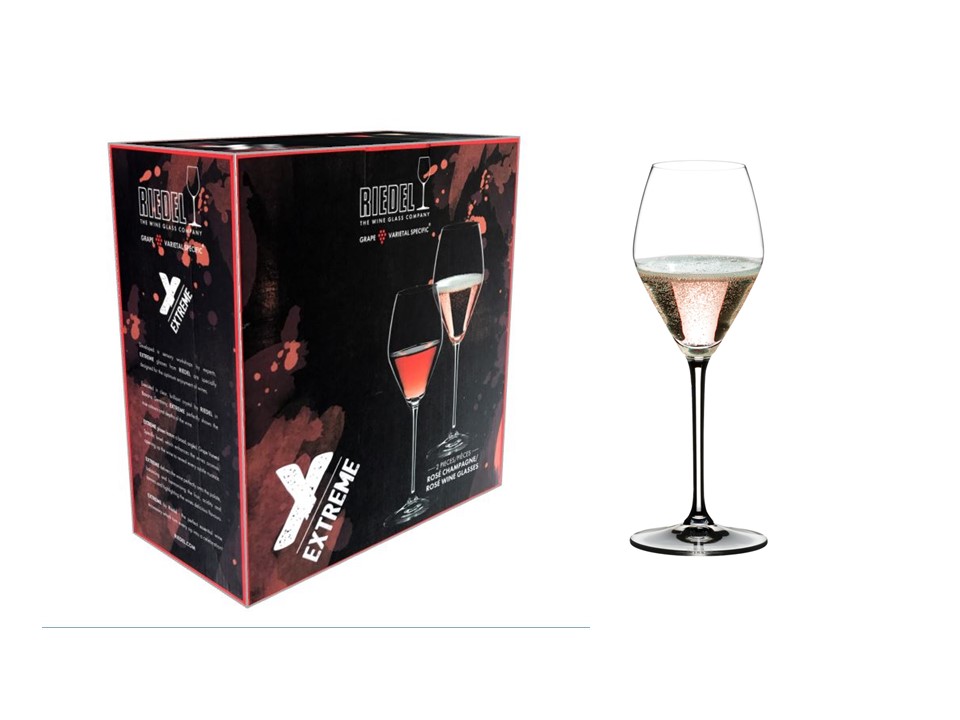
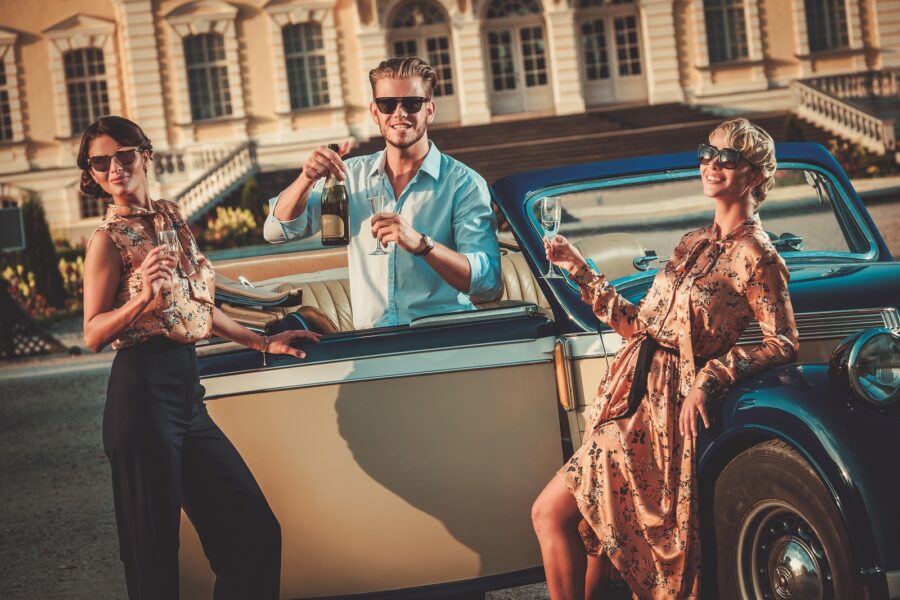
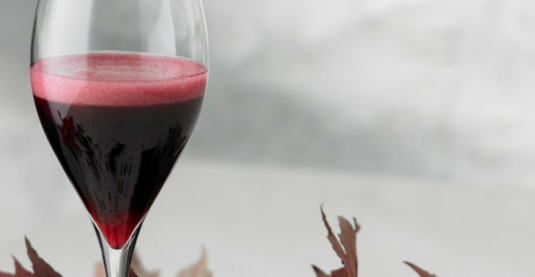
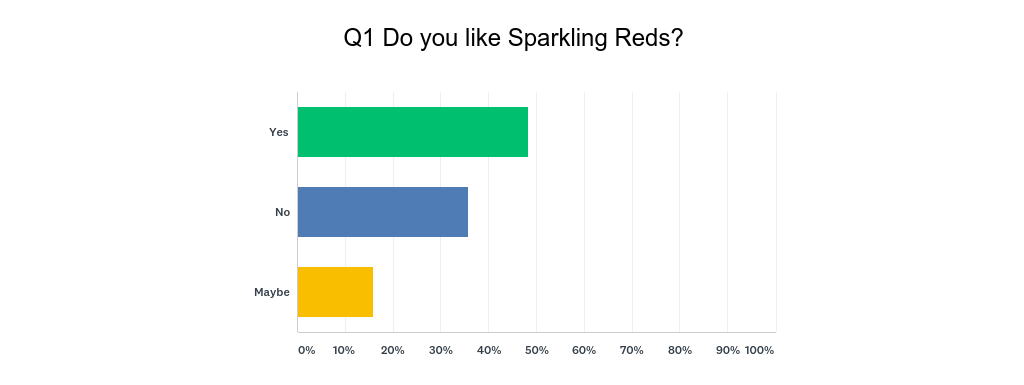
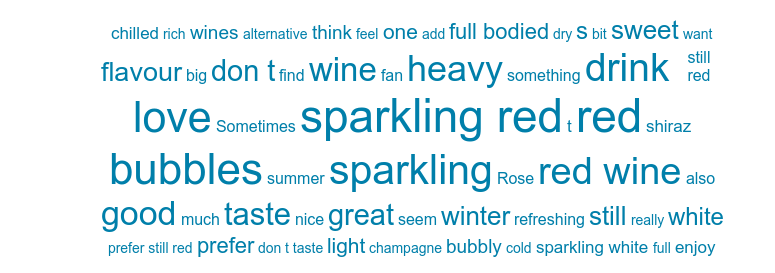
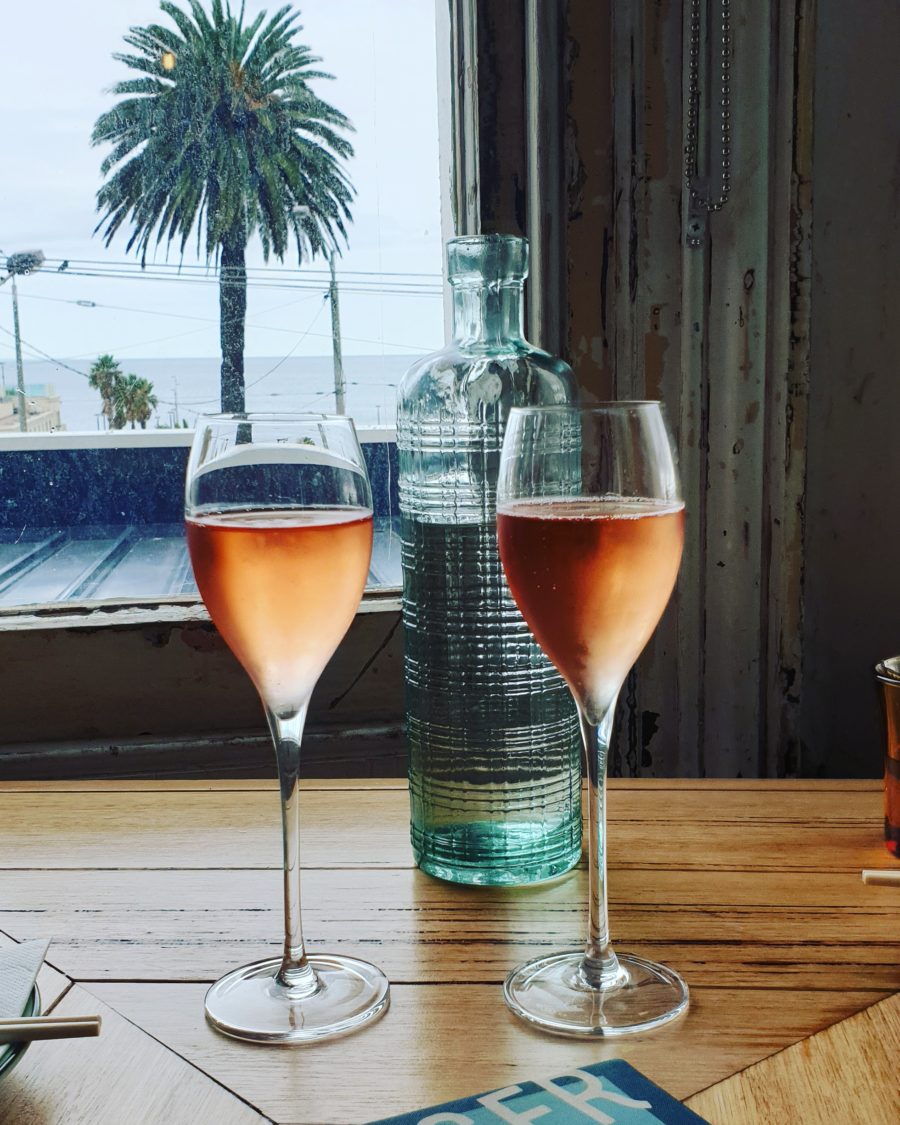
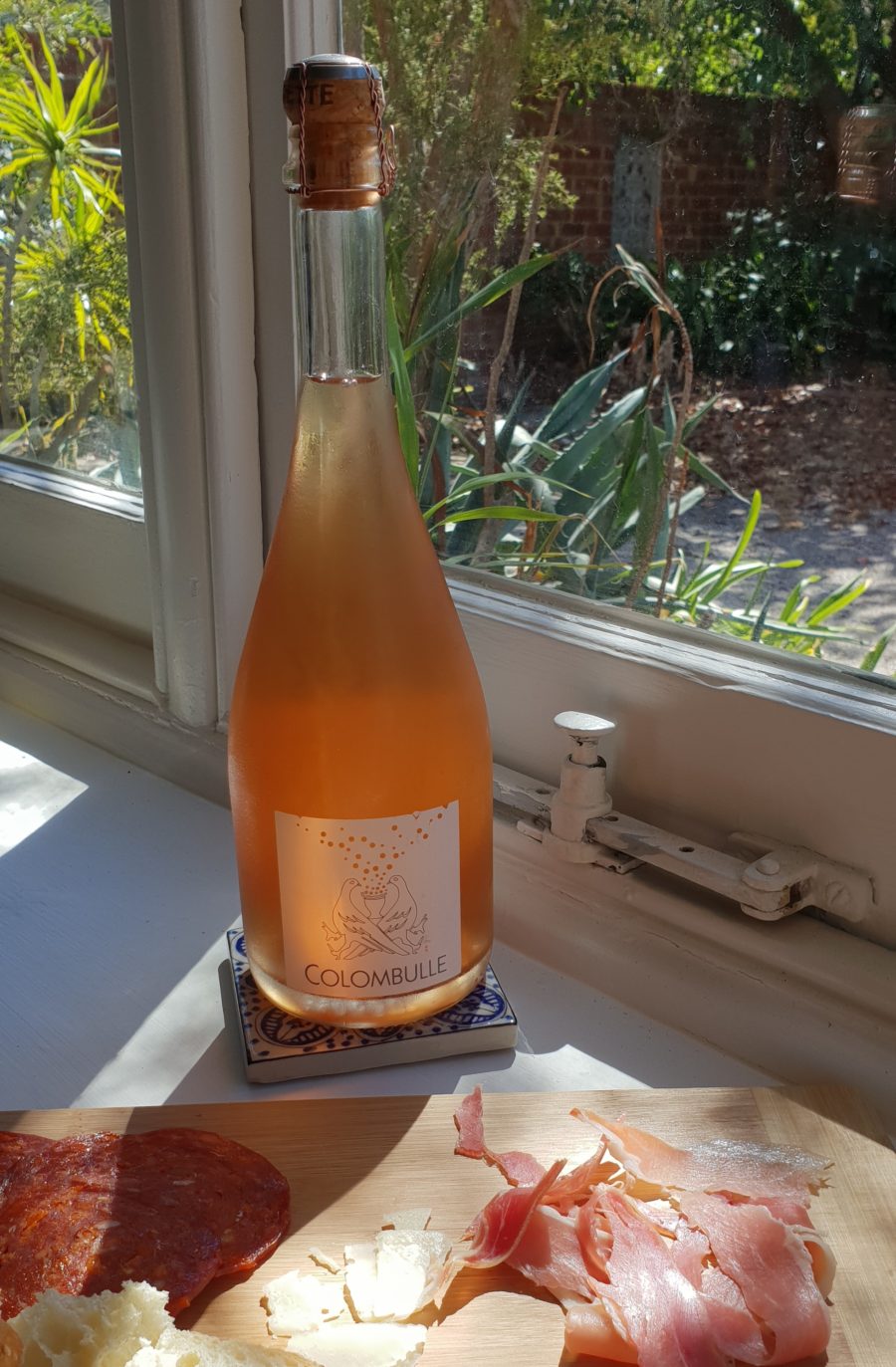

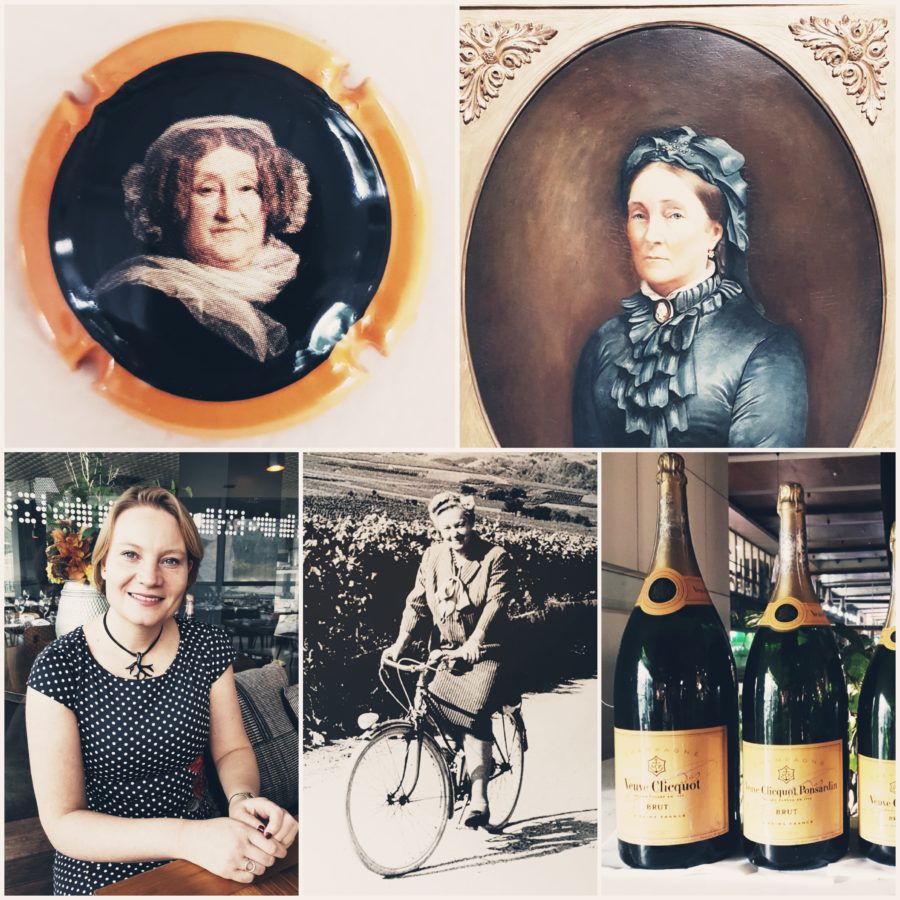
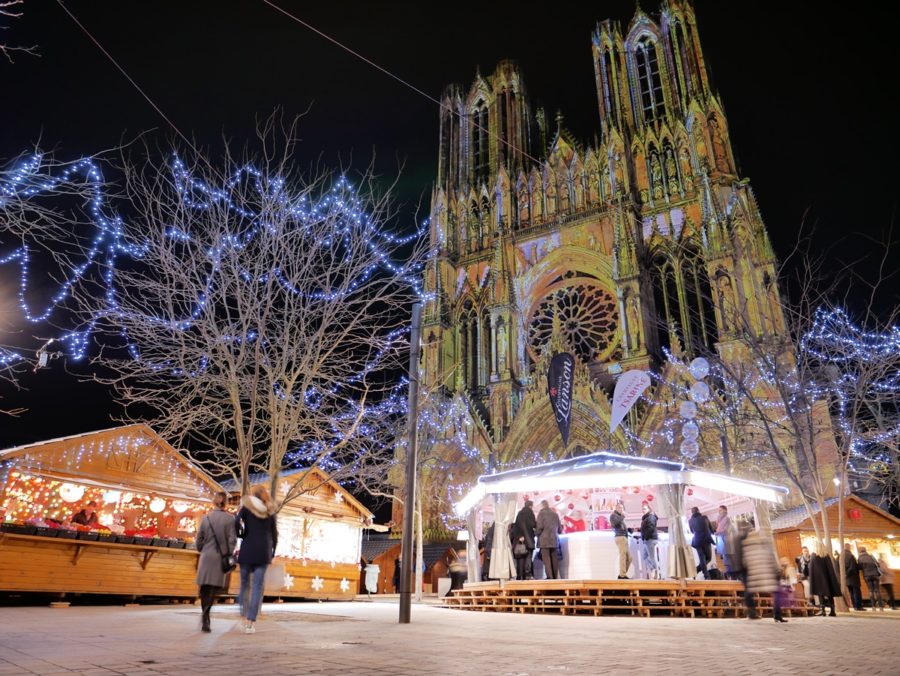
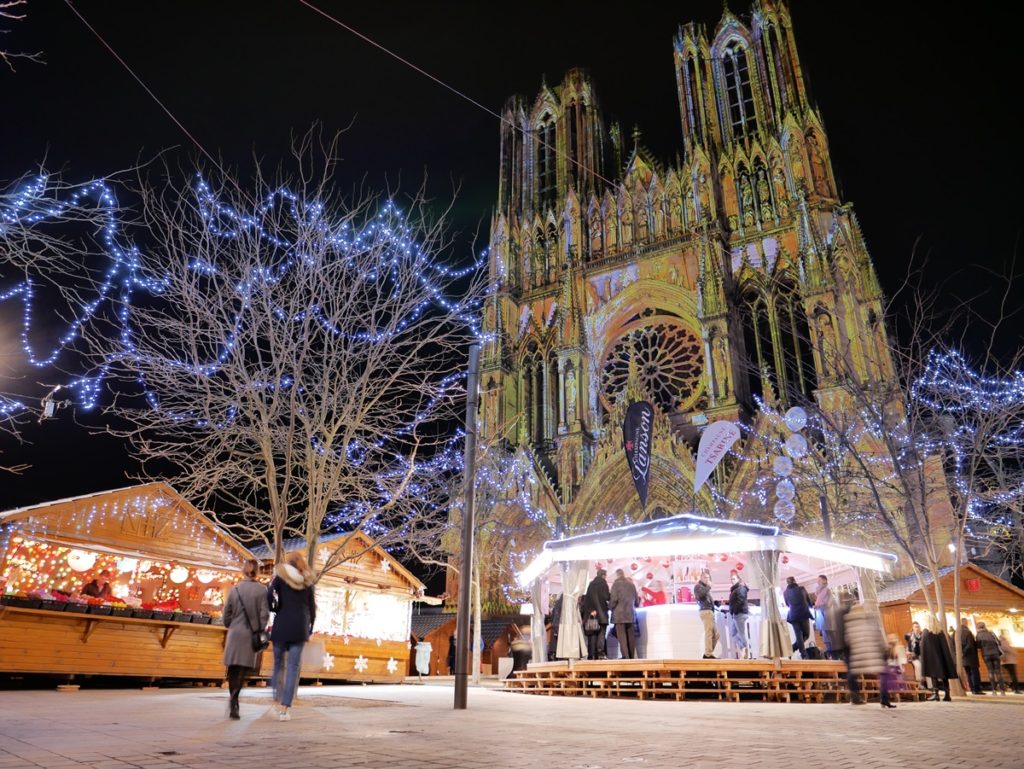
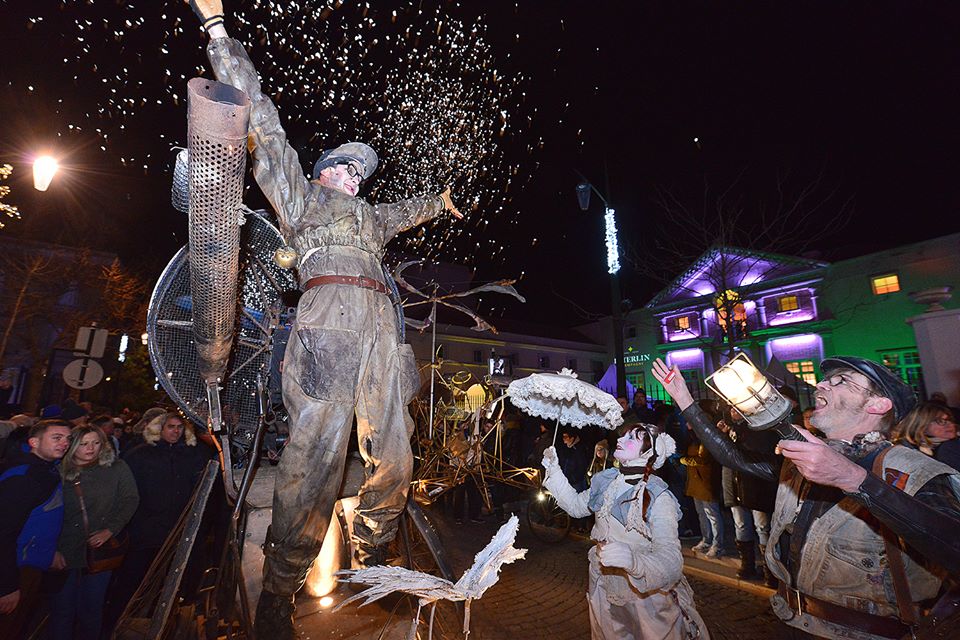
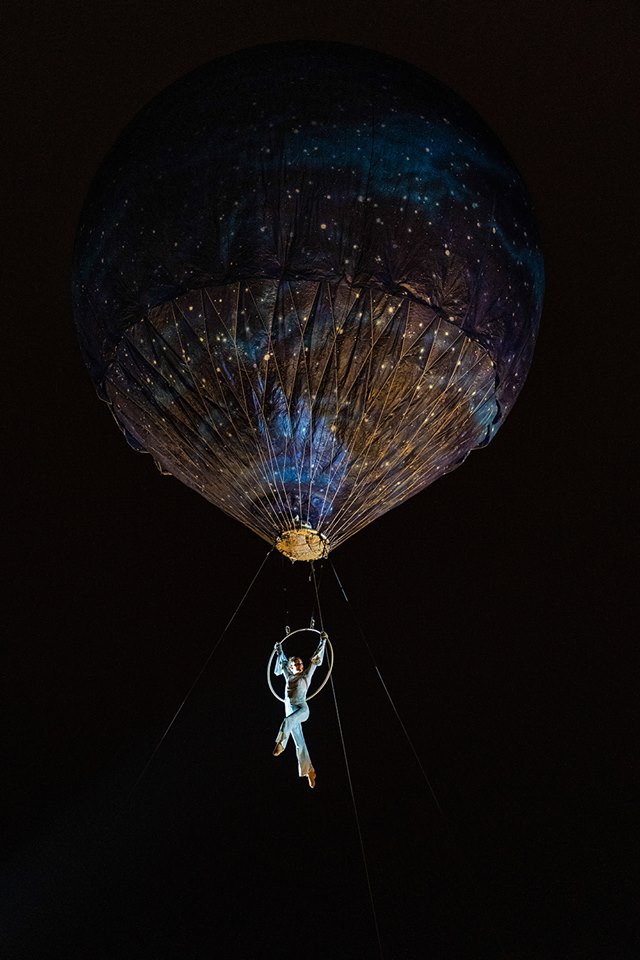
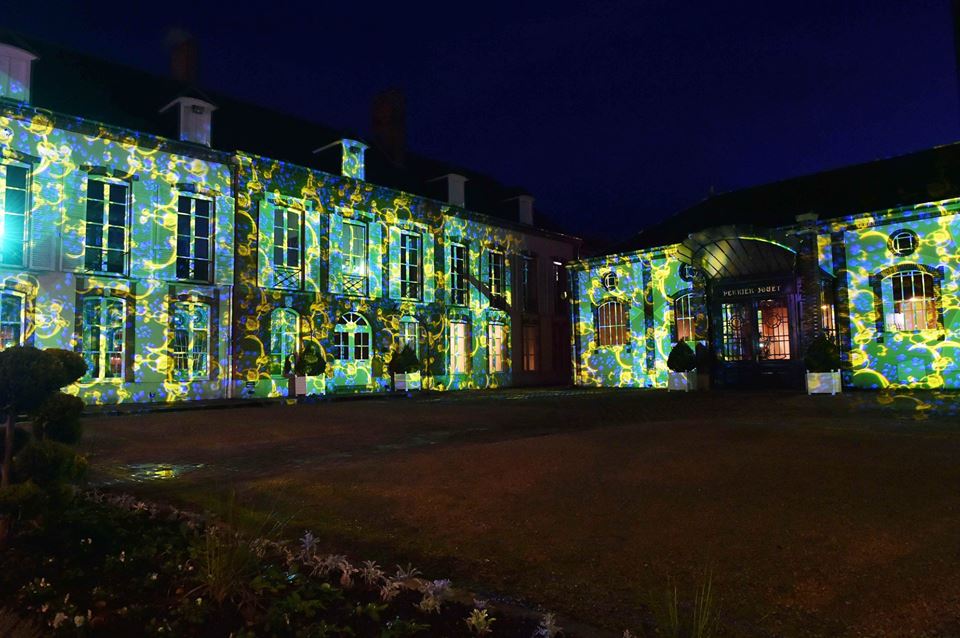

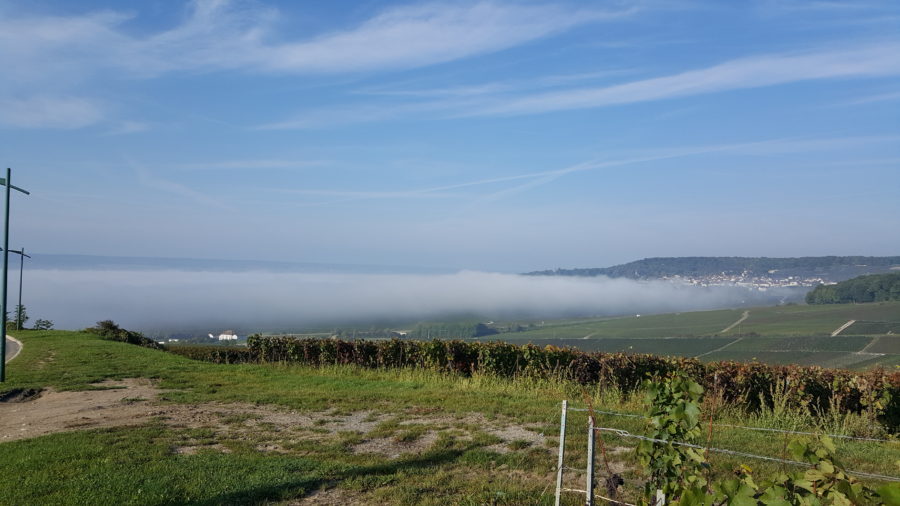

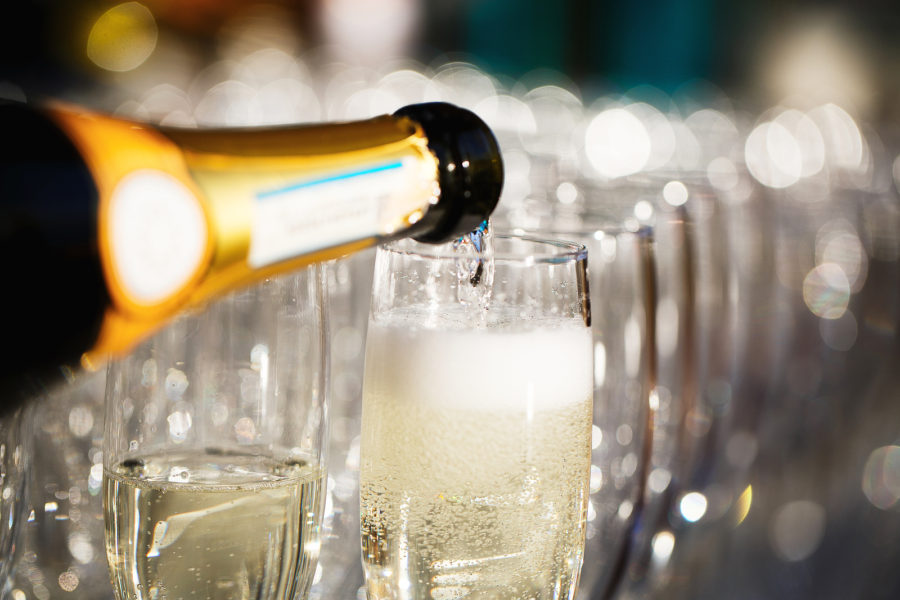
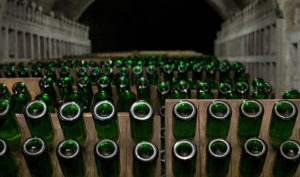 attempted to be removed when pouring. With only small batches of production possible, imagine how much was wasted prior to this system. The technique of the riddling process (still used today), is to delicately manoeuvre the sediment to the neck of the bottle to allow it to be removed swiftly and efficiently. Any loss of wine is then topped up by the dosage, prior to sealing with a cork and ready for sale. With this invention, the Maison Clicquot was able to increase their production exponentially. They managed to keep the riddling rack a secret from their competitors for some time – maintaining quality wines whilst also increasing production. Their rivals must have been watching in wonder.
attempted to be removed when pouring. With only small batches of production possible, imagine how much was wasted prior to this system. The technique of the riddling process (still used today), is to delicately manoeuvre the sediment to the neck of the bottle to allow it to be removed swiftly and efficiently. Any loss of wine is then topped up by the dosage, prior to sealing with a cork and ready for sale. With this invention, the Maison Clicquot was able to increase their production exponentially. They managed to keep the riddling rack a secret from their competitors for some time – maintaining quality wines whilst also increasing production. Their rivals must have been watching in wonder.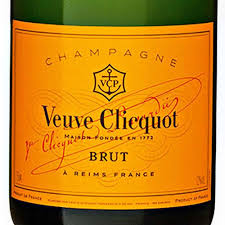 he time, Champagne bottles didn’t have labels, so were only recognised by the cork. The Anchor as the Christian sign of hope has been used since the business was founded, and still features on the Veuve Clicquot cork today. The Maison Clicquot started dressing its bottles in a yellow label, an unusual colour for the time. The ‘V.Clicquot P. Werlé’ Yellow label was trademarked in 1877. This distinctive, original label, which is still used today, was to become one of the most distinguishing features of Veuve Clicquot.
he time, Champagne bottles didn’t have labels, so were only recognised by the cork. The Anchor as the Christian sign of hope has been used since the business was founded, and still features on the Veuve Clicquot cork today. The Maison Clicquot started dressing its bottles in a yellow label, an unusual colour for the time. The ‘V.Clicquot P. Werlé’ Yellow label was trademarked in 1877. This distinctive, original label, which is still used today, was to become one of the most distinguishing features of Veuve Clicquot. people who like champagne and other bubbles, written by people who have a love of all things sparkling! At The Bubbles Review, we like to debunk some myths, make the art of drinking champagne accessible, explore bubbly regions and champagne bars, and provide events for you to join us and indulge.
people who like champagne and other bubbles, written by people who have a love of all things sparkling! At The Bubbles Review, we like to debunk some myths, make the art of drinking champagne accessible, explore bubbly regions and champagne bars, and provide events for you to join us and indulge.